
About Chargesheet:
- A chargesheet is a final report that is filed by the investigating officer or police officials under Section 173 of the Code of Criminal Procedure (CrPC) after the completion of the investigation in a cognizable or non-cognizable case.
- It contains all the stringent records right from the commencement of investigation procedure of lodging an FIR to the completion of investigation and the preparation of final report.
- Once the charge sheet has been submitted to a court of law, prosecution proceedings against the accused begin.
- This report by the investigating officer should be in the form prescribed by the state government. A chargesheet must contain the following information as per Section 173(2)(i) of the CrPC:
- The names of the parties.
- Nature of the information.
- Names of the persons who appear to be acquainted with the events.
- About the offence that appears to have been committed and the person by whom it has been committed.
- Information regarding the arrest of the accused, his/their release with or without sureties, and whether he has been forwarded into custody under Section 170.
- Benefits of a chargesheet:
- It contains the statements of the accused and all other witnesses.
- Marks the beginning of a criminal trial.
- Charges on which courts have to proceed against the accused are mentioned.
- It is useful for the accused in obtaining bail as the offences are mentioned clearly.
- Time limit for filing a Charge Sheet:
- It is to be filed within 60 days from the date of arrest of the accused in cases triable by lower courts and 90 days in cases triable by Court of Sessions.
- If the charge sheet is not filed within the prescribed time mentioned above, the accused has a right to default bail.
- Is filing a chargesheet compulsory?
- Filing of a chargesheet in case a cognizable offence is said to be committed by the accused is mandatory on the part of police officials, either by themselves or on the orders of the court, after filing an FIR.
- However, the same is not compulsory in cases where a non-cognizable offence has been committed unless the court orders an investigation.
What is a Cognizable Offence?
- The Cr.P.C. classifies all the crimes into two categories: (i) Cognizable and (ii) Noncognizable.
- A Cognizable offence or case is defined as one which an officer in-charge of a police station may investigate without the order of a magistrate and effect arrest without a warrant.
- The Police have a direct responsibility to take immediate action on the receipt of a complaint or credible information in such crimes, visit the scene of the crime, investigate the facts, apprehend the offender, and arraign him before a Court of law having jurisdiction over the matter.
- Non-Cognizable crimes are defined as those which cannot be investigated by police without the order of a competent magistrate.
2. What are Standard Essential Patents (SEP)?
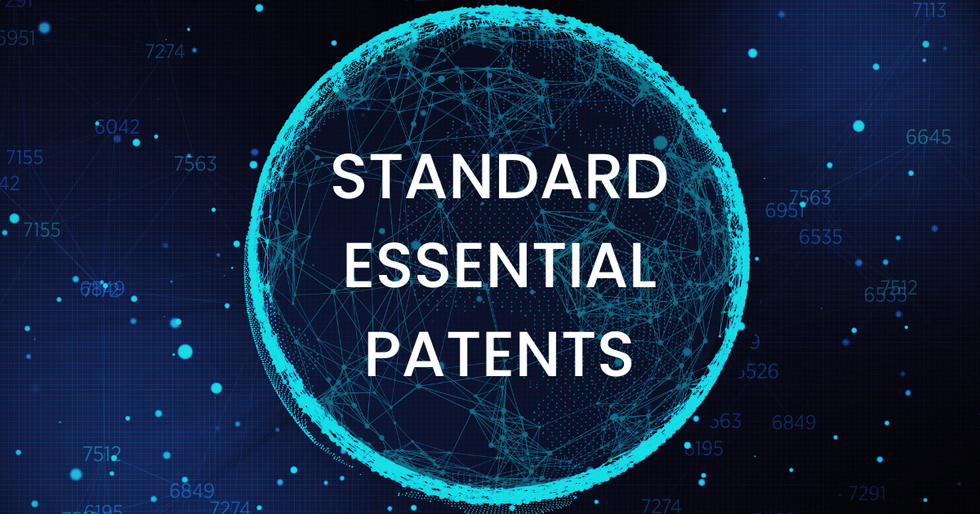
About Standard Essential Patent (SEP):
- It is a patent granted for a technological invention which is essential for the implementation and working of a standard.
- What is a Standard?
- A ‘standard’ is a set of technical requirements or agreed technical descriptions which cover ideas, products, or services and make sure that technologies interact and work together.
- Standards can be adopted worldwide, regionally or even nationally.
- It is usually in the interest of industrial players to create products that comply with standards.
- One example of a widely used standard is the A4 size for sheets of paper.
- Patents which are essential to a standard and have been adopted by a Standard Setting Organization (SSO) are known as SEPs.
- SSOs are either governmental, quasi governmental, or a private group of independently governed industry associations.
- SSOs set, develop, coordinate, interpret and maintain standards.
- Industry participants can collaborate on a single technical solution because of such standards.
- When a patent is acknowledged by the SSO and designated as a SEP, manufacturers can only produce their goods in the market after first acquiring a license under the SEP.
- From an antitrust standpoint, the lack of any competing technology grants the SEP holder a monopolistic right over the SEP.
- Consequently, it is impossible to produce products that comply with standards without using technologies that are covered by one or more SEPs.
- SEPs are common in the mobile telephony and telecommunications industry, a sector which is highly standardised due mainly to the need for interoperability between mobile devices.
3. What is High Mobility Artillery Rocket Systems (HIMARS)?

About High Mobility Artillery Rocket Systems (HIMARS):
- It is a light, multiple rocket launcher. It is manufactured by Lockheed MartinCorporation, a US-based security and aerospace company.
- It is intended to engage and defeat artillery, air defence concentrations, trucks, light armour, and personnel carriers, as well as support troop and supply concentrations.
- Features:
- It is an air-transportable wheeled launcher mounted on a 5-ton Family of Medium Tactical Vehicles(FMTV).
- It can carry either a launcher pod of six rockets or one MGM-140 Army Tactical Missile System (ATACMS), which have a range of 300 km (186 miles).
- It requires less than 20 seconds to be prepared for firing, and a full launcher load of six rockets can be fired within 45 seconds.
- The system launches its weapons and moves away from the area at high speed before enemy forces locate the launch site.
- It is equipped with the Increased Crew Protection cabin, which is designed to protect the three-man operating crew against plume gases, rocket launch debris, and small arms.
4. Key Facts about Garo Hills
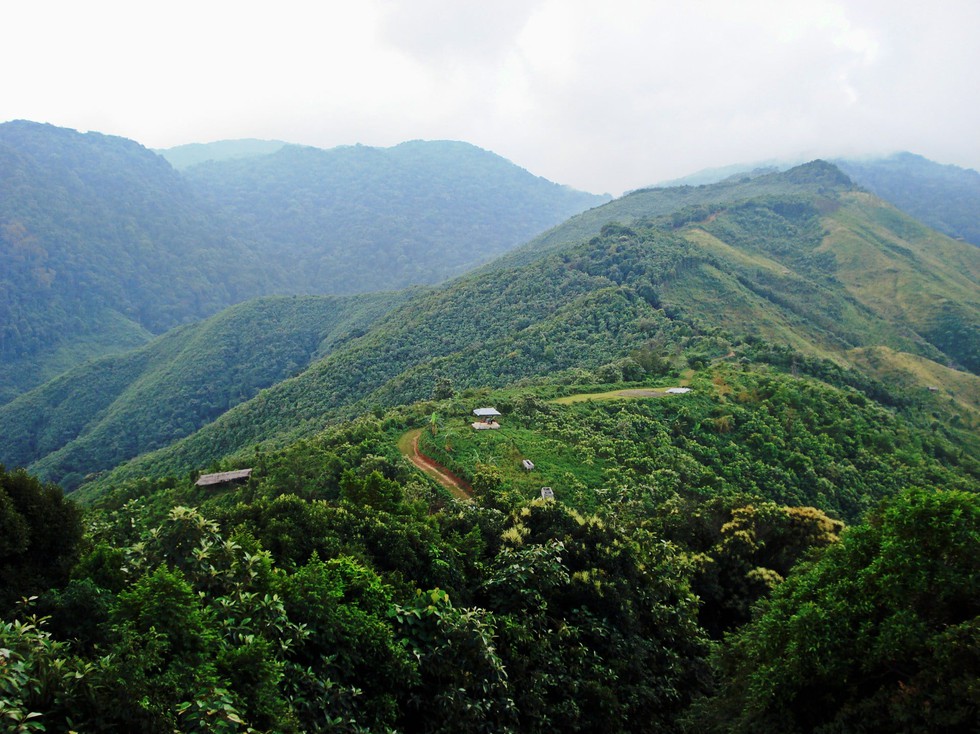
About Garo Hills:
- They form the western part of Meghalaya State and covers an area of approximately 8,000 sq km.
- The range is part of the Meghalaya subtropical forests eco-region. Situated close to the Indo-Bangladesh border, the Garo hills are part of the Patkai hill range, which extends across the Indo-Myanmar border.
- It is one of the wettest places in the world. The region is drained by various tributaries of the Brahmaputra River.
- They comprises 5 districts; North Garo Hills, East Garo Hills, West Garo Hills, South Garo Hills, and South-West Garo Hills.
- The Garo Hills are mostly dominated by the tribes known as Garos. The Garos call themselves Achik-mande.
- Garos form the second largest tribe in the state of Meghalaya. They are one of the last remaining matrilineal tribes in the world.
- Their main festival is the Wangala festival, a harvest festival, which is predominantly celebrated by the Songsareks (those following the traditional religion of animism).
- Two mountain ranges, the Arabella range and the Tura range, pass through the Garo Hills, forming the great Balpakram valley in between.
- Balpakram area is considered sacred for the Garo community due to their belief that the spirits of the dead sojourn here.
- The highest point in the Garo Hills is Nokrek Peak, with an elevation of 1412 m, which is covered by a thick film of lush forest.
- The region is home to the esteemed Nokrek National Park, protects a highly diverse plant and animal diversity. In 2009, the park was designated a biosphere reserve by UNESCO.
5. Shaksgam Valley
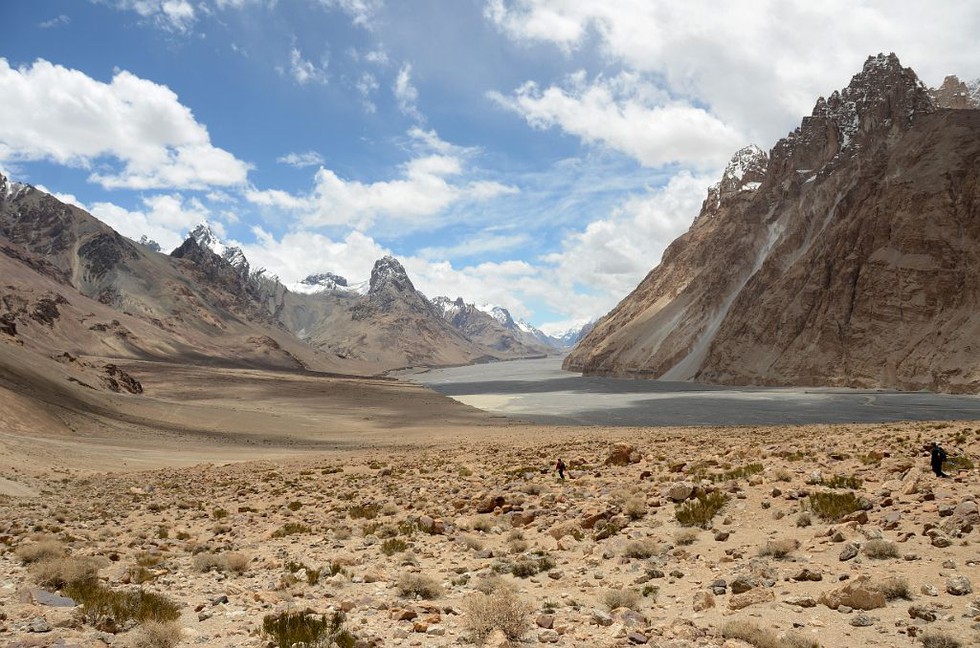
About Shaksgam Valley:
- The Shaksgam Valley, or Trans Karakoram Tract, is part of the Hunza-Gilgit region of Pakistan-Occupied Kashmir (POK) and is a disputed territory claimed by India.
- It borders Xinjiang Province of the People’s Republic of China (PRC) to the north, the Northern Areas of POK to the south and west, and the Siachen Glacier region to the east.
- It was ceded to China by Pakistan in 1963, when both countries signed a boundary agreement to settle their border differences.
- The agreement clearly stated that “the two parties have agreed that after the settlement of the Kashmir dispute between Pakistan and India, the sovereign authority concerned will reopen negotiations with the Government of the People's Republic of China, on the boundary as described in Article Two of the present agreement, so as to sign a formal Boundary Treaty to replace the present agreement.”
- The agreement laid the foundation of Karakoram highway, which was built jointly by Chinese and Pakistani engineers in the 1970s.
6. Batillipes chandrayaani
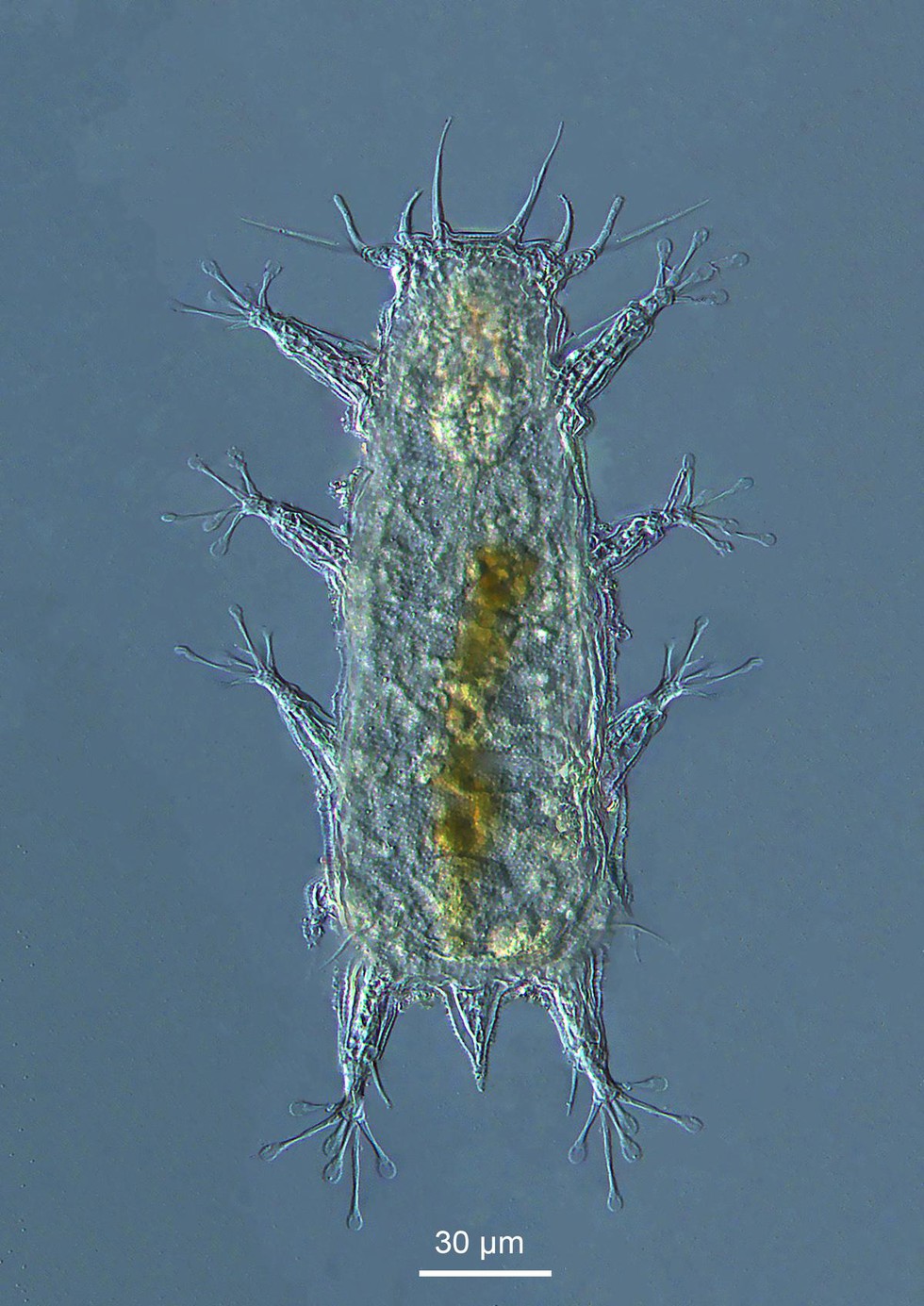
About Batillipes chandrayaani:
- It has been discovered in the intertidal beach sediments at Mandapam in Tamil Nadu.
- Features:
- It is similar in size to other tardigrades, it grows to a length of 0.15 millimetres and 0.04 millimetres in width.
- It has a trapezoid-shaped head and four pairs of legs with sharp-tipped sensory spines. Both sexes are similar in terms of morphology and size.
- It is also the 39th species described under the genus Batillipes.
What are Tardigrades?
- These are microscopic marvels commonly known as ‘water bears,’
- Marine tardigrades account for 17% of all known tardigrade species. They are also found in all the oceans.
- Despite their tiny physiques, these micro-metazoans easily rank among the hardiest animals, enduring mass extinctions and are highly regarded for their survival skills.
7. Commission on Population and Development

About Commission on Population and Development:
- It was established by the Economic and Social Council(ECOSOC) in 1946, which was renamed as the Commission on Population and Development by the General Assembly in 1994. It is composed of 47 member countries.
- Term: Member countries are elected by the Economic and Social Council for a period of four years on the basis of geographic distribution.
- It was constituted as three-tiered intergovernmental mechanism that plays the primary role in the follow-up to the implementation of the programme of action at the national, regional and international levels and advise the Council thereon.
- The meetings of commission were held typically every two or three years until 1994, after which it has been held once a year.
What is United Nations Population Fund?
- It is an international development agency created in 1968 to support the execution of projects and programmes in the area of population and sexual and reproductive health.
- In 1987, it was officially renamed as the United Nations Population Fund but the original abbreviation UNFPA (United Nations Fund for Population Activities) was retained.
- It is not directly responsible for the collection of primary statistics; it plays an important role in the technical and financial support of statistical activities in countries, such as population censuses and thematic surveys etc.
- Headquarters:New York.
8. Five Eyes Intelligence-sharing Network
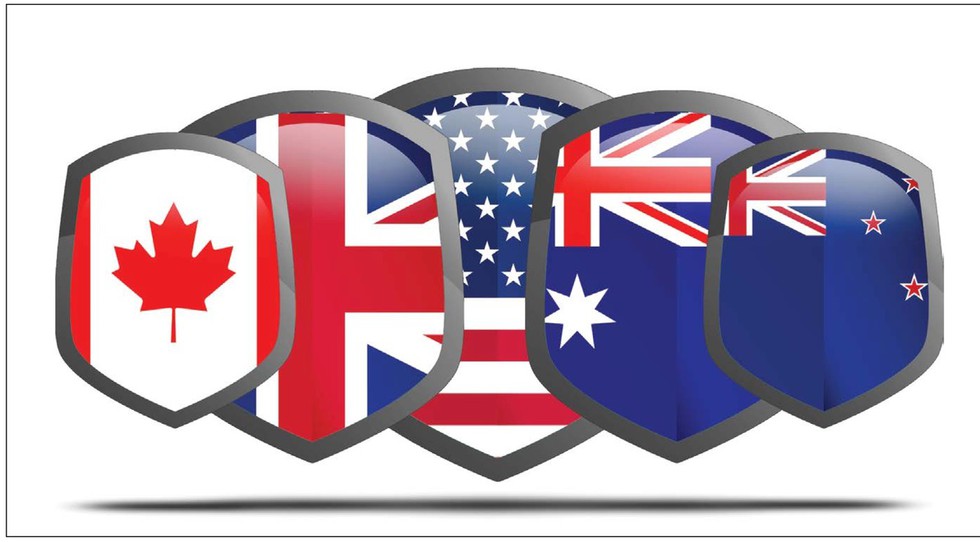
About Five Eyes Intelligence-sharing Network:
- It is a multilateral intelligence-sharing network shared by over 20 different agencies of five English-speaking countries — Australia, Canada, New Zealand, the United Kingdom and the United States.
- It is both surveillance-based and signals intelligence (SIGINT). Its genesis lies in the post-war 1946 UKUSA Agreement, intended as a cooperative arrangement for sharing signals intelligence (SIGINT).
- Intelligence documents shared between the members countries are classified as ‘Secret—AUS/CAN/NZ/UK/US Eyes Only,’ which gave the group its title ‘Five Eyes’.
- Its scope was limited to “communication intelligence matters only” related to “unrestricted” exchange of intelligence products in six areas:
- Collection of traffic; acquisition of communication documents and equipment; traffic analysis; cryptanalysis; decryption and translation; and acquisition of information regarding communication organisations, practices, procedures, and equipment.
- The arrangement was later extended to ‘second party’ countries —Canada joined in 1948, while Australia and New Zealand became part of the alliance in 1956.
9. What are Electrolysers?
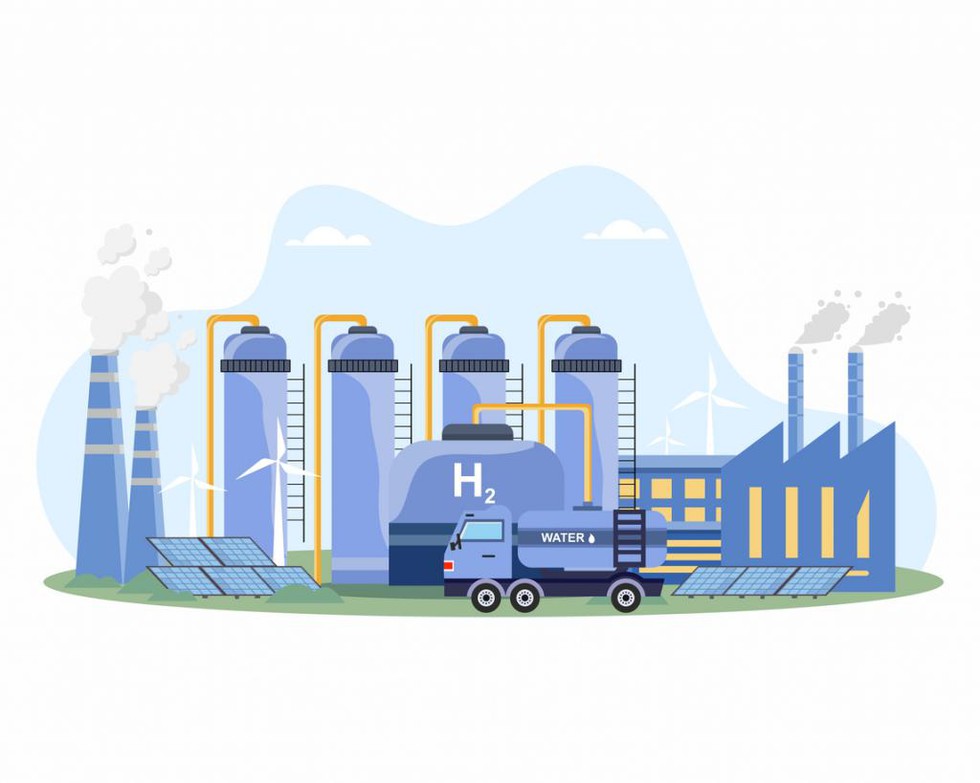
About Electrolysers:
- It is an apparatus that produces hydrogen through a chemical process (electrolysis) capable of splitting water molecules into hydrogen and oxygen molecules by using electricity.
- Working:
- It consists of a conductive electrode stack separated by a membrane to which a high voltage and current is applied.
- This causes an electric current in the water which causes it to break down into its components: hydrogen and oxygen.
- The oxygen generated in parallel is released into the atmosphere or can be stored for later use as a medical or industrial gas in some cases.
- The hydrogen is stored as a compressed gas or liquefied for use in industry or in hydrogen fuel cells, which can power transport vehicles such as trains, ships and even aircraft.
- Types of Electrolysers:
- Alkaline electrolysers: Alkaline electrolysis is a mature and commercially available technology used primarily by the fertiliser and chlorine industries. It presently accounts for almost two-thirds of the global electrolyser capacity. It uses thick membranes and nickel-based electrodes.
- Proton exchange membrane (PEM) electrolysers: They operate at high pressure, due to the use of thin perfluorosulfonic acid (PFSA) membranes. However, the PFSA acidic environment makes it necessary to use gold and titanium plated electrodes and metals such as platinum, iridium and ruthenium as catalysts. They are the most popular because they produce high-purity hydrogen and are easy to cool.
- Solid oxide electrolysis cell (SOEC) electrolysers: They utilise heat to make hydrogen from steam and are best placed where there is a heat source available (nuclear or industrial facilities). They operate at high temperatures (500 – 850 degrees).
- Anion exchange membrane (AEM) electrolysers: They operate at significantly lower temperatures of 50 – 60 degrees. They combine the less harsh conditions of alkaline electrolysers with the simplicity and high efficiency of PEM electrolysers.
10. Diplomatic Passport
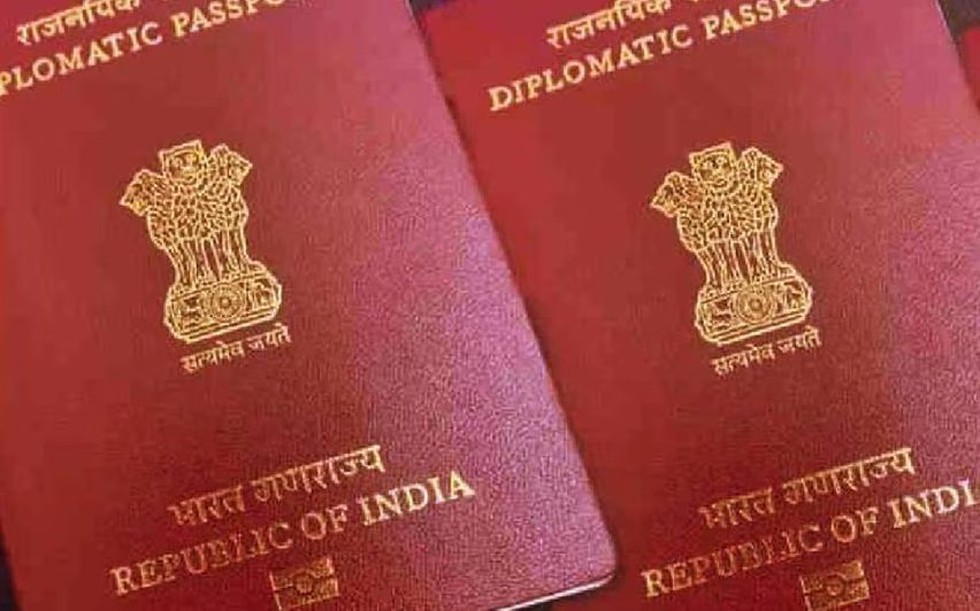
About Diplomatic Passport:
- Holders of such passports are entitled to certain privileges and immunities as per the international law, including immunity from arrest, detention and certain legal proceedings in the host country. It has maroon cover and valid for five years or less.
- Issuing Authority: The Ministry of External Affair’s (MEA) Consular, Passport & Visa Division issues diplomatic passports (‘Type D’ passports) to people falling in broadly five categories:
- those with diplomatic status;
- government-appointed individuals travelling abroad for official business;
- officers working under the branches A and B of the Indian Foreign Service (IFS), normally at the rank of Joint Secretary and above; and
- Relatives and immediate family of officers employed in IFS and MEA.
- select individuals who are authorized to undertake official travel on behalf of the government”.
- The MEA issues visa notes to government officials going abroad for an official assignment or visit.
- Revocation of Passport:
- As per the Passport Act 1967, the passport authority may cancel a passport or travel document, with the previous approval of the Central government.
- The passport authority can impound or revoke a passport if the authority believes that the passport holder or travel document is in wrongful possession; if the passport was obtained by the suppression of material information or on the basis of wrong information provided by the individual; if it is brought to the notice of the passport authority that the individual has been issued a court order prohibiting his departure from India or has been summoned by court.
- A diplomatic passport can be revoked upon orders from a court during proceedings with respect to an offence allegedly carried out by the passport holder before a criminal court.
What is Operational Visa exemption Agreement?
- India has operational visa exemption agreements for holders of diplomatic passports with 34 countries and Germany is one amongst them.
- According to a reciprocal deal signed in 2011, holders of Indian diplomatic passports do not require a visa to visit Germany, provided their stay does not exceed 90 days.
- India has similar agreements with countries such as France, Austria, Afghanistan, Czech Republic, Italy, Greece, Iran and Switzerland.
- India also has agreements with 99 other countries wherein apart from diplomatic passport holders, even those holding service and official passports can avail operational visa exemption for stays upto 90 days.


























































































































































.png)
.png)
.png)
.png)
.png)


.png)
.png)
.png)





.png)
.png)






.png)
.png)
.png)
.png)
.png)
.png)
.png)
.png)
.png)

.png)







.png)
.png)


.png)
.png)
.png)


.png)

.png)
.png)





.jpg)

.png)
.png)


.png)

.png)
.png)
.png)

.jpg)

.jpg)


.png)

.png)
.png)
.png)
.png)
.png)
.png)
.png)
.png)
.png)
.png)




.png)

.png)





.png)
.png)
.png)
.png)
.png)
.png)
.png)
.png)
.png)
.png)
.jpg)
.jpg)

.png)
.png)
.png)
.png)
.png)
.png)
.png)
.png)
.png)
.png)
.png)
.png)
.png)
.png)
.png)
.png)
.png)
.png)
.png)
.png)
.png)
.png)



.png)
.png)

.jpg)
.jpg)


.jpg)
.jpg)
.jpg)
.jpg)
.jpg)

.jpg)








.jpg)
.jpg)
.jpg)
.jpg)
.jpg)

















.jpg)
.jpg)







.jpg)


















.jpg)
.jpg)






























































































.jpg)
.jpg)


























.jpg)

.jpg)










.jpg)








.jpg)




.jpg)










.jpg)


















.jpg)












































.jpg)














.jpg)
.jpg)
.jpg)





.jpg)

.jpg)
.jpg)





































































.jpg)


































.jpg)
.jpg)
















































.jpg)












.jpg)


.jpg)




.jpg)
.jpg)
.jpg)

.jpg)
.jpg)
.jpg)
.jpg)

.jpg)
.jpg)
.jpg)

.jpg)
.jpg)
.jpg)
.jpg)
.jpg)
.jpg)
.jpg)
.jpg)

.jpg)


.jpg)
.jpg)
.jpg)
.jpg)
.jpg)
.jpg)
.jpg)
.jpg)
.jpg)
.jpg)











.jpg)
.jpg)





.jpg)
.jpg)
.jpg)
























.jpg)
























.jpg)









.jpg)
.jpg)







.jpg)
.jpg)









































.jpg)
.jpg)
.jpg)
.jpg)
.jpg)

.jpg)
.jpg)
.jpg)
.jpg)
.jpg)


.jpg)
.jpg)
.jpg)
.jpg)
.jpg)

.jpg)
.jpg)
.jpg)
.jpg)
.jpg)
.jpg)
.jpg)
.jpg)
.jpg)
.jpg)
.png)

.png)
.png)

.png)
.png)
.png)
.png)


.jpg)
.jpg)

.jpg)
.jpg)
.jpg)

.png)
.png)
.png)
.png)
.png)
.png)
.png)

.png)
.png)
.png)
.png)
.png)
.png)
.png)
.png)
.png)
.png)





































































-min.png)



.png)




.png)








































